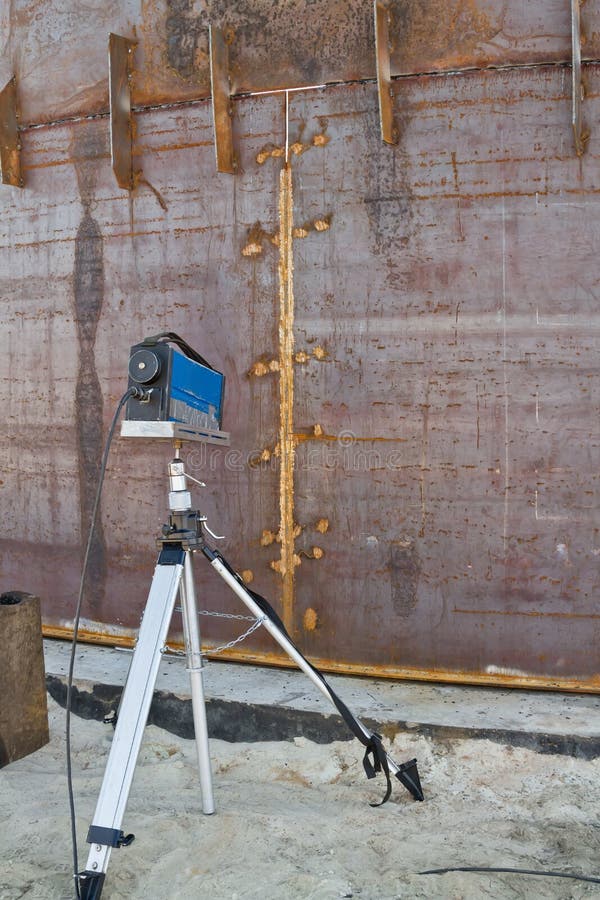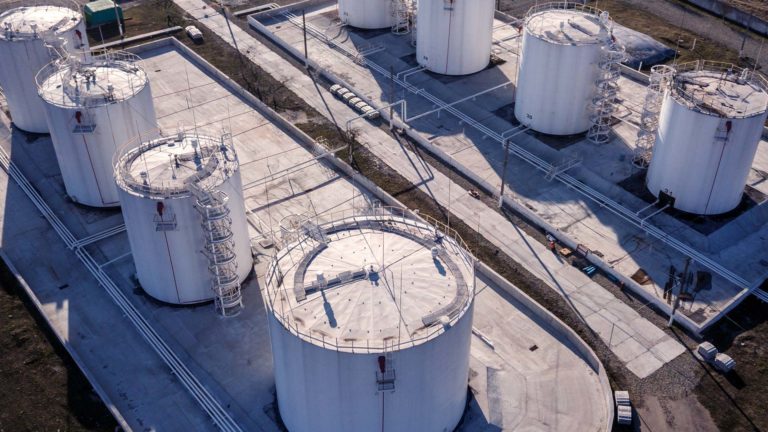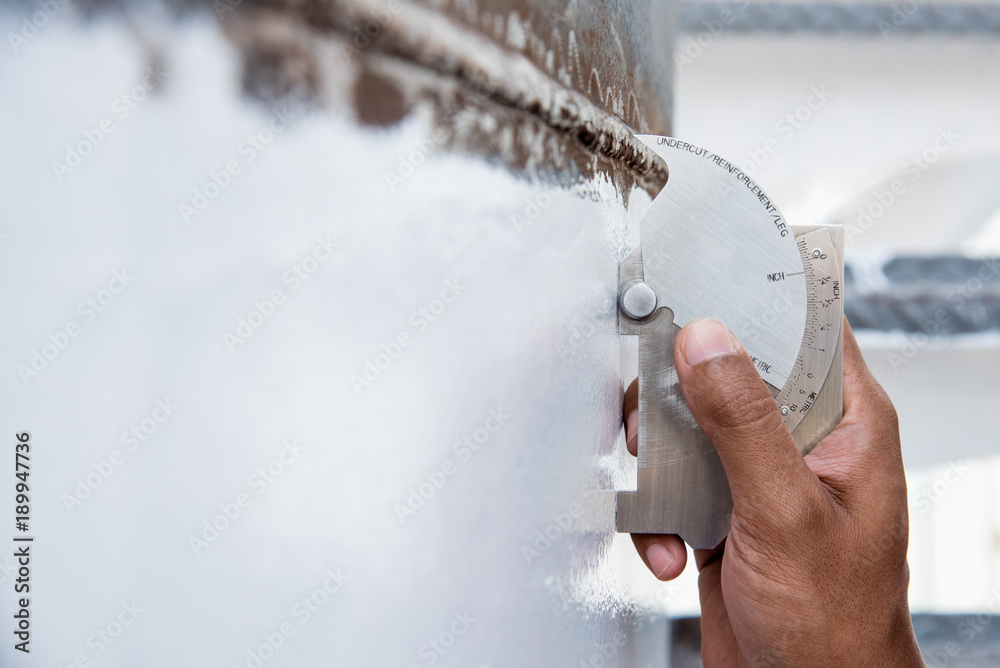Tank Welding Inspection: Making Sure Long-Term Resilience and Safety And Security
Tank Welding Inspection: Making Sure Long-Term Resilience and Safety And Security
Blog Article
Comprehensive Overview to Effective Storage Tank Welding Inspection Techniques and Ideal Practices for Quality Control
In the realm of tank welding, strenuous examination techniques are paramount for safeguarding architectural honesty and guaranteeing conformity with sector policies. As we explore these crucial components, it comes to be clear that an aggressive evaluation approach is not simply advantageous, yet crucial for operational success in atmospheres dealing with harmful products.
Significance of Container Welding Assessment

Container welding examination acts as a preventative step, determining prospective flaws such as splits, porosity, or incorrect joint penetration prior to they rise into severe issues. Normal examinations not just follow sector policies and criteria yet additionally boost the longevity of the storage tanks, lowering the demand for costly repair services or substitutes.

Aesthetic Evaluation Methods
Utilizing methodical visual evaluation techniques is crucial for analyzing the high quality and stability of welded joints in storage tanks. This method serves as the first line of protection in identifying potential defects such as splits, damages, and not enough infiltration. The examiner ought to come close to the task with a keen eye, making use of suitable devices like multiplying glasses, flashlights, and mirrors to improve exposure.
During the evaluation procedure, the examiner should evaluate the weld account, guaranteeing it follows defined standards and guidelines (Tank Welding Inspection). This consists of analyzing the grain width, height, and fusion with the base material. Examiners should additionally pay attention to the surrounding areas for signs of thermal distortion or contamination that might influence the weld's efficiency
Documents of searchings for is crucial; inspectors should tape any anomalies, categorizing them by intensity for additional examination. This methodical approach not just aids in immediate flaw identification however likewise adds to long-lasting high quality assurance by guaranteeing conformity with sector standards. Routine training and calibration of aesthetic examination strategies further boost the integrity of assessments, ultimately causing much safer and more durable container frameworks.
Non-Destructive Testing Methods
Non-destructive testing (NDT) methods are regularly employed in tank welding assessments to examine the honesty of bonded joints without jeopardizing their structural stability. These methods are vital for identifying flaws such as splits, voids, and additions that can bring about catastrophic failures if left undetected.
Typical NDT techniques consist of ultrasonic screening (UT), which utilizes high-frequency acoustic waves to spot interior defects; radiographic testing (RT), utilizing X-rays or gamma rays to visualize weld frameworks; and magnetic particle screening (MT), which reveals surface and near-surface interruptions in ferromagnetic materials (Tank Welding Inspection). Liquid penetrant testing (PT) is additionally commonly utilized, with the ability of detecting surface-breaking flaws by using a fluorescent or shade contrast color
Each NDT technique has its certain applications and benefits, making it important for inspectors to select the proper technique based on the material and the kind of weld being examined. The integration of these NDT methods into the inspection process improves the general quality control structure, making certain that welded storage tanks fulfill safety and security and efficiency standards. Inevitably, NDT plays a critical duty in maintaining the integrity and longevity of storage tank frameworks Visit Your URL in different commercial applications.

Documents and Coverage
Ensuring extensive paperwork and reporting throughout storage tank welding inspections is crucial for preserving compliance with market requirements and promoting effective communication amongst stakeholders. Proper documentation acts as a detailed document of inspection activities, searchings for, and any rehabilitative activities taken throughout the welding procedure. This details is necessary not only for quality control however additionally for audits and governing reviews.

A well-structured inspection record ought to include details such as the date of evaluation, names of assessors, welding pop over to these guys treatments used, materials utilized, and any kind of variances from established criteria. In addition, photos and layouts can boost the clearness of the report, offering aesthetic context to the searchings for. It is also essential to document any kind of non-conformities in addition to their resolution, ensuring that all stakeholders are notified of prospective dangers and the steps taken to minimize them.
Additionally, preserving a centralized data source for all inspection records enables simple retrieval and evaluation, cultivating a culture of openness and liability. By focusing on careful documentation and reporting, organizations can not only support quality control yet also reinforce their online reputation within the sector, eventually causing boosted safety and operational efficiency.
Constant Enhancement Practices
Constant enhancement methods are essential for improving the quality and performance of storage tank welding inspections. One reliable approach involves regular training and upskilling of assessment employees to remain abreast of the latest welding innovations and requirements.
Furthermore, making use of data-driven analysis allows organizations to track evaluation outcomes, determine trends, and identify locations for improvement. Using tools such as root cause analysis can help in understanding the underlying issues causing defects, making it possible for targeted treatments. In addition, soliciting comments from assessment groups and stakeholders develops a collective setting that motivates ingenious solutions.
Including innovative innovations, such as computerized examination systems and real-time monitoring, can significantly improve the precision and speed of examinations. Normal audits of the inspection processes likewise add to a society of accountability and continual refinement. Inevitably, these constant enhancement techniques not only elevate the top quality of container welding inspections but likewise add to total functional excellence and consumer contentment.
Verdict
In final thought, effective tank welding inspection is crucial for ensuring the structural honesty and security of storage space systems, specifically those managing harmful materials. Using a combination of read more visual evaluation strategies and non-destructive testing techniques promotes the early identification of defects, thus keeping conformity with market standards. Additionally, durable documentation and a commitment to continuous enhancement boost quality guarantee practices. Eventually, these steps add significantly to operational quality and the avoidance of prospective safety dangers.
Report this page